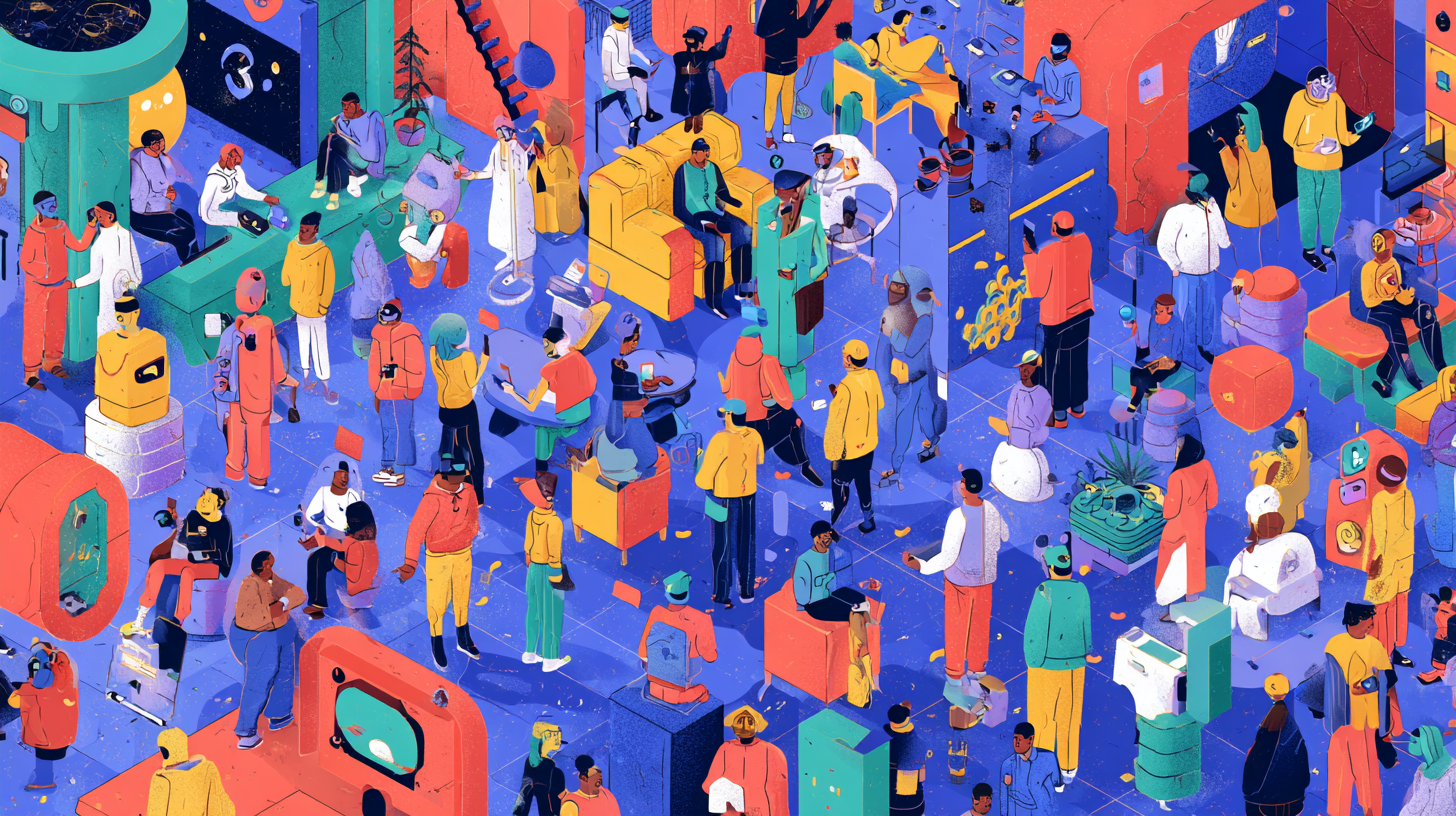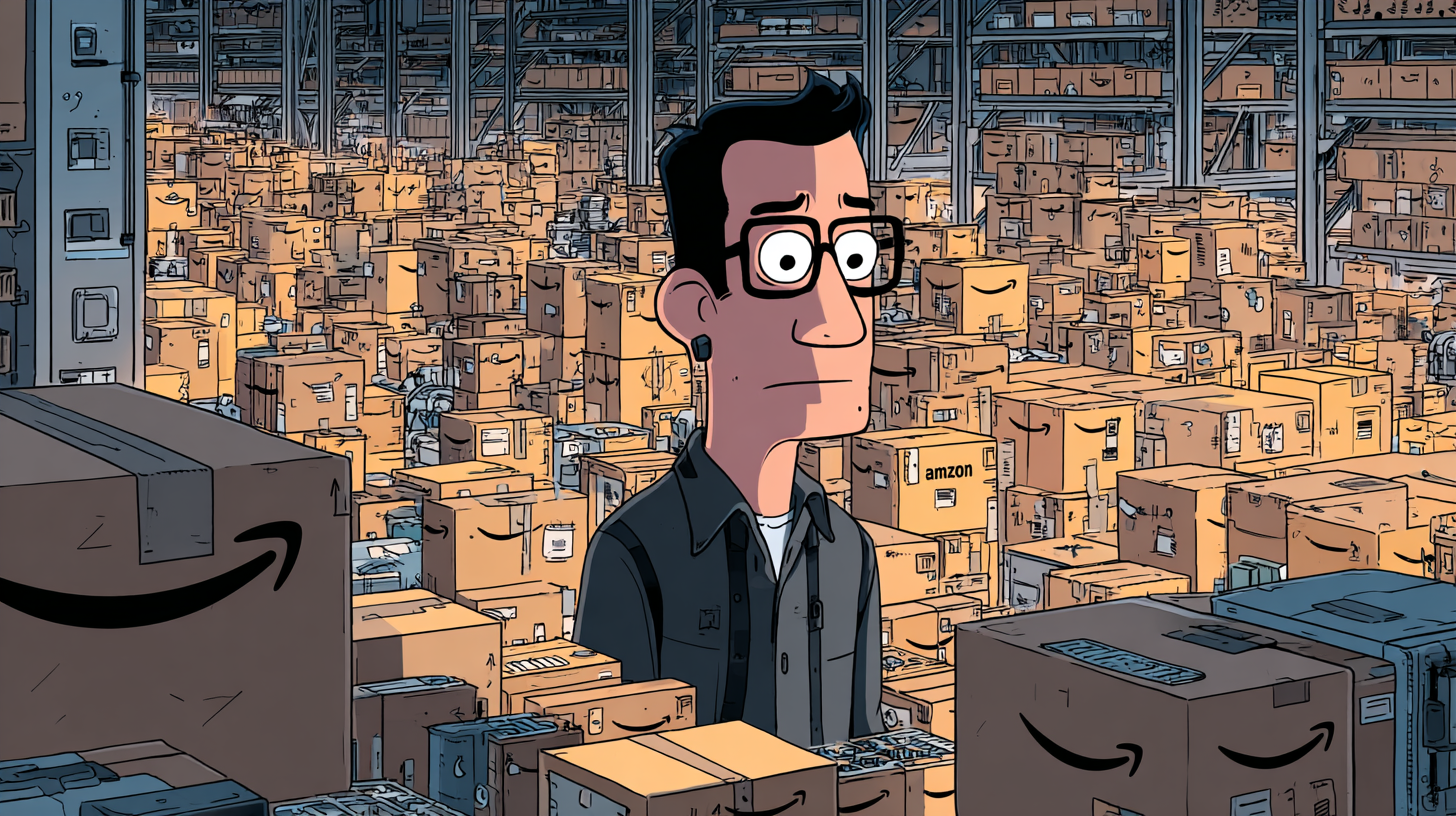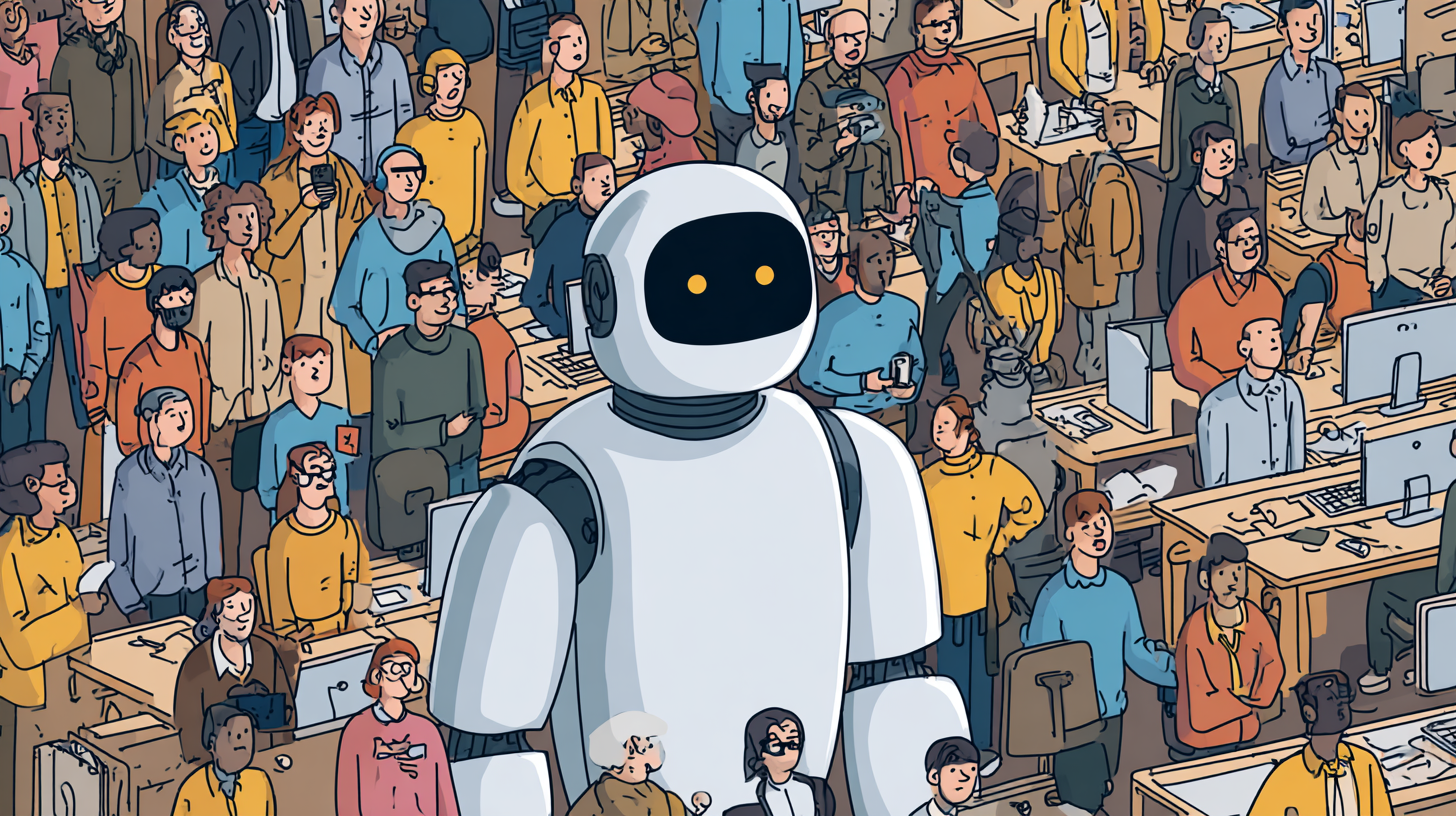Let me paint a picture: In March 2025, I watched as news broke—OpenAI landed a $40 billion funding round, the biggest ever for a private tech company. My inbox, like many in the tech world, exploded with hot takes, hype, and even bets on when their valuation would hit $400 billion. You’d think this kind of trajectory would be all high-fives and champagne toasts, right? Well, not quite. The real story? A cocktail of euphoria, burnout, rivalry, and even a dash of Hollywood drama. Let’s dig into the wildest AI soap opera you’ve never seen on Netflix.
When Tech Feels Like the NBA: The $40 Billion Funding Slam Dunk
Let me walk you through OpenAI’s wild 2025. By March, OpenAI had pulled off the largest private tech deal ever—a $40 billion funding round. That’s not just a headline; it pushed their valuation to a jaw-dropping $300 billion, making them the undisputed leader in the global startup game. Major players like SoftBank and Microsoft led this OpenAI funding round, with the money rolling out in phases: $10 billion now, $30 billion by year’s end. The funds are fueling everything from AI research frontiers to massive infrastructure upgrades and the ambitious Stargate project funding.
Despite losing $5 billion in 2024, OpenAI’s revenue growth has been explosive—annualized revenue doubled to $10 billion and they’re aiming for $12.7 billion in 2025. But this success came at a cost: engineers clocked 80+ hour weeks, and management had to step in with mandatory recovery breaks. As Sam Altman put it:
‘I have never seen growth in any company, one that I’ve been involved with or not, like this...It is really fun. I feel deeply honored. But it is crazy to live through.’
Turf Wars and Talent: Why AI Engineers Now Get Superstar Offers
Let’s talk about the wild AI talent competition that’s reshaping the industry. In 2025, Meta’s Mark Zuckerberg reportedly offered OpenAI engineers $100 million signing bonuses—yes, you read that right. Suddenly, AI engineers are getting athlete-level offers, and it’s not just Meta. Google, xAI, and Tesla are all in this poaching arms race, while OpenAI is fighting back, recruiting from rivals like xAI and Tesla. The stakes? Three top OpenAI engineers jumped ship to Meta in July, sparking rumors, denials, and a flurry of counteroffers. Meta CTO Andrew Bosworth even claimed OpenAI was counter-bidding, showing just how fierce this AI talent acquisition battle has become.
All this pressure has led to real burnout—OpenAI actually gave its team a week off, which is unheard of in tech’s hustle culture. As Sam Altman put it,
‘Some people will go to different places.’The price of coming out on top? Higher than ever.
Ambition Meets Reality: Failed Acquisitions, Legal Skirmishes, and the Price of a Name
Let’s be real—OpenAI’s wild 2025 wasn’t just about headline-grabbing breakthroughs. The $3B OpenAI Windsurf acquisition fizzled after Microsoft flagged competitive and IP risks, showing that even a strong Microsoft OpenAI partnership can get complicated fast. When Windsurf slipped away, Google DeepMind quickly scooped up its key talent to boost Gemini’s agentic coding ambitions. Then came the trademark lawsuit: OpenAI’s much-hyped ‘io’ partnership with Jony Ive vanished after Google spin-off iyO sued for brand confusion. A federal judge forced OpenAI to drop the ‘io’ name, but the team—and Jony Ive—are still in the mix, just under a different flag. It’s a reminder that in the race to push AI research frontiers, paperwork and legal drama can trip up even the biggest players. As one exec put it,
‘It really is lonely at the top.’
The Great AGI Riddle: OpenAI, Microsoft, and Definitions That Matter
Let’s talk about the wildest twist in AGI development: the way OpenAI and Microsoft define “Artificial General Intelligence.” In their partnership, AGI isn’t just about reaching human-level smarts—it’s tied to a jaw-dropping $100 billion profit milestone. Once OpenAI hits that number, the Microsoft OpenAI partnership revenue split changes, which has led to some serious Microsoft partnership tensions. Satya Nadella, Microsoft’s CEO, even called this profit target “nonsensical benchmark hacking.”
Sam Altman, on the other hand, sees AGI as a near-term leap, not just a financial goal. It’s wild to think that in Big Tech, even the definition of AGI is up for negotiation. Imagine a world where every shareholder has their own “dictionary” for AGI! As profits and innovation collide, these debates show how the business of AI is literally rewriting the language at the cutting edge.
From Hollywood Scripts to Barbie Dolls: The Unpredictable Side of AI Fame
It’s wild to see how far OpenAI’s influence has spread in 2025. Amazon Studios is rolling out the Artificial movie, diving into Sam Altman’s dramatic 2023 CEO ouster and comeback. The script reportedly paints Altman as a “master schemer”—think The Social Network but for the AI era. But the story doesn’t stop at Hollywood. OpenAI’s reach now stretches into toys, with the OpenAI Mattel partnership bringing AI-powered Barbie play to life. Even the Pentagon is on board, awarding OpenAI a $200 million military contract. That’s right—AI market leadership means Barbie gets an upgrade, and national security gets a boost. Honestly, try explaining to your grandma that Barbie’s new best friend is artificial intelligence! Behind the headlines, OpenAI’s journey is a mix of ambition, scandal, branding, and shifting public perception. As one insider put it,
‘The sharks are closer than ever, and every move matters.’
Delays, Doubts, and Determination: OpenAI’s Struggles Behind the Curtain
Let me pull back the curtain on OpenAI’s wild 2025. Despite huge promises, the next-gen OpenAI open-weight model faced not one, but two major delays in just a month—both blamed on safety testing concerns. Meanwhile, the AI chatbot competition was heating up: xAI’s Grok rolled out new vision and voice features, and Meta’s Llama kept advancing. But OpenAI’s approach—sharing model weights but not full source code—sparked heated debates about what “open” really means in AI research frontiers.
Inside OpenAI, engineers were stretched thin, some logging 80-hour weeks just to “push the frontier” faster. I even spotted an away message: “Gone safety testing—back when the future’s safer.” It’s a reminder that progress isn’t always a sprint. Sometimes, it’s two steps forward, one sharp pivot back. As one exec put it,
‘Every move matters.’
Conclusion: The Messy, Marvelous Reality of Leading the AI Revolution
If there’s one thing OpenAI’s wild 2025 makes clear, it’s that AI market leadership isn’t just about big wins—it’s about surviving the chaos that comes with them. Sure, the record $40 billion OpenAI funding round and explosive ChatGPT user growth put the company on top. But behind the headlines? Burnout, legal battles, and rivals circling like sharks. In tech’s new world order, staying ahead means adapting fast and learning on the fly. Progress is never a straight line, and even the most powerful stumble. Honestly, watching OpenAI this year felt like witnessing a mix of chess, street fight, and group therapy. As Sam Altman put it,
“It is crazy to live through.”The lesson for all of us: endurance and agility matter as much as disruption. The sharks aren’t going away—and neither, it seems, is OpenAI.



